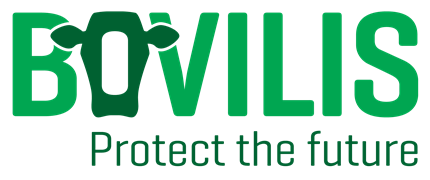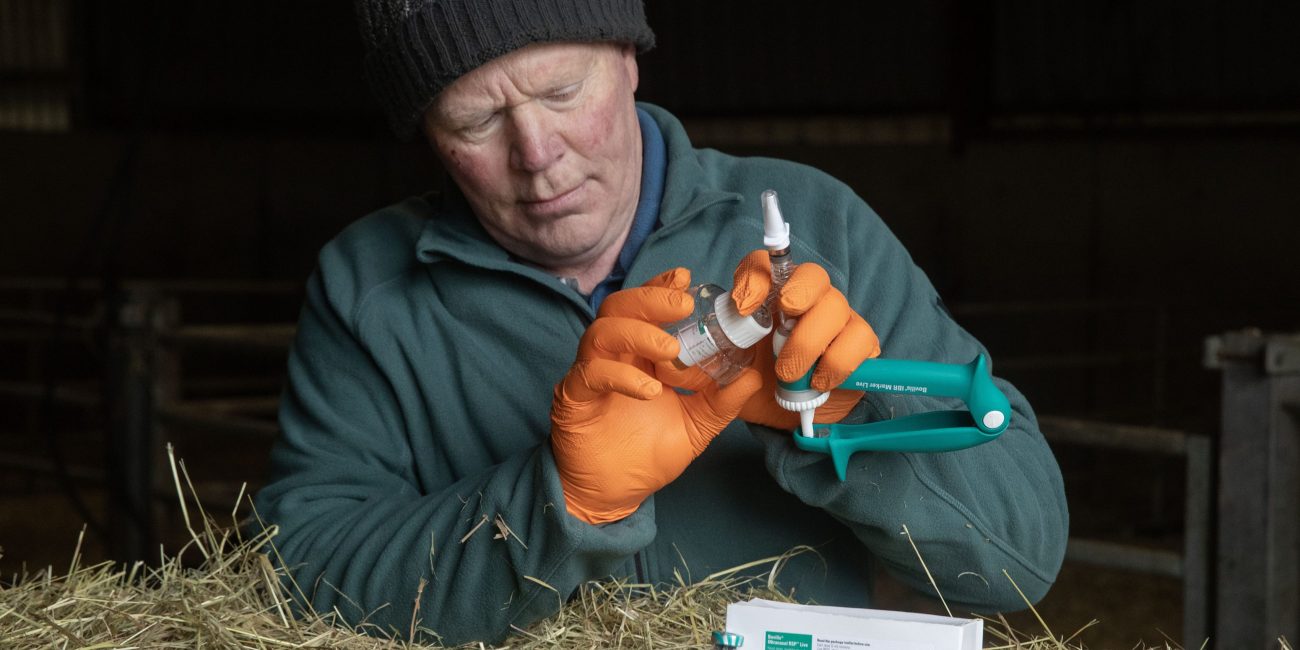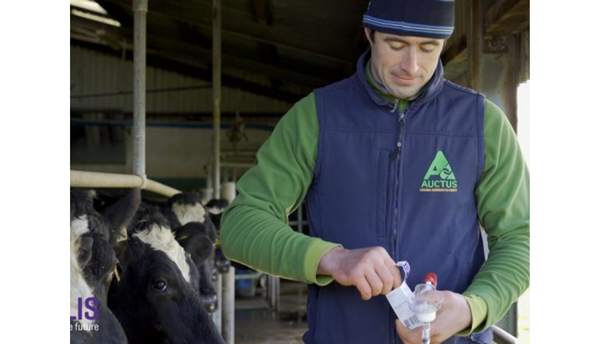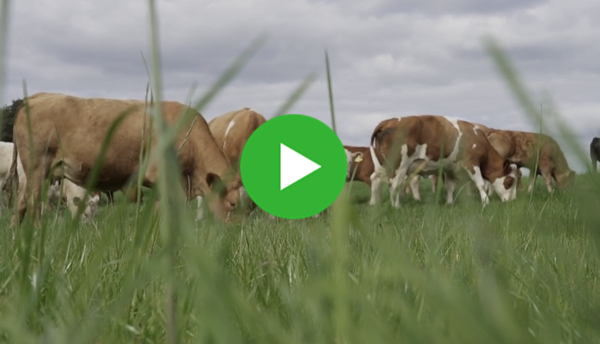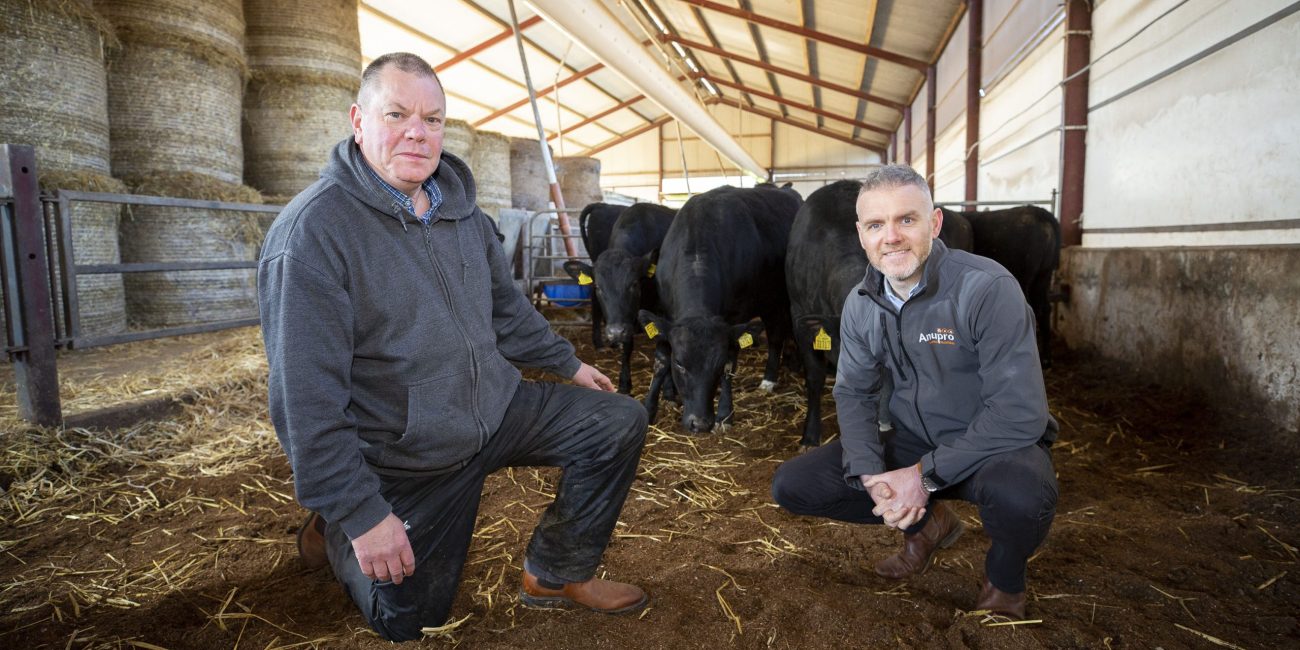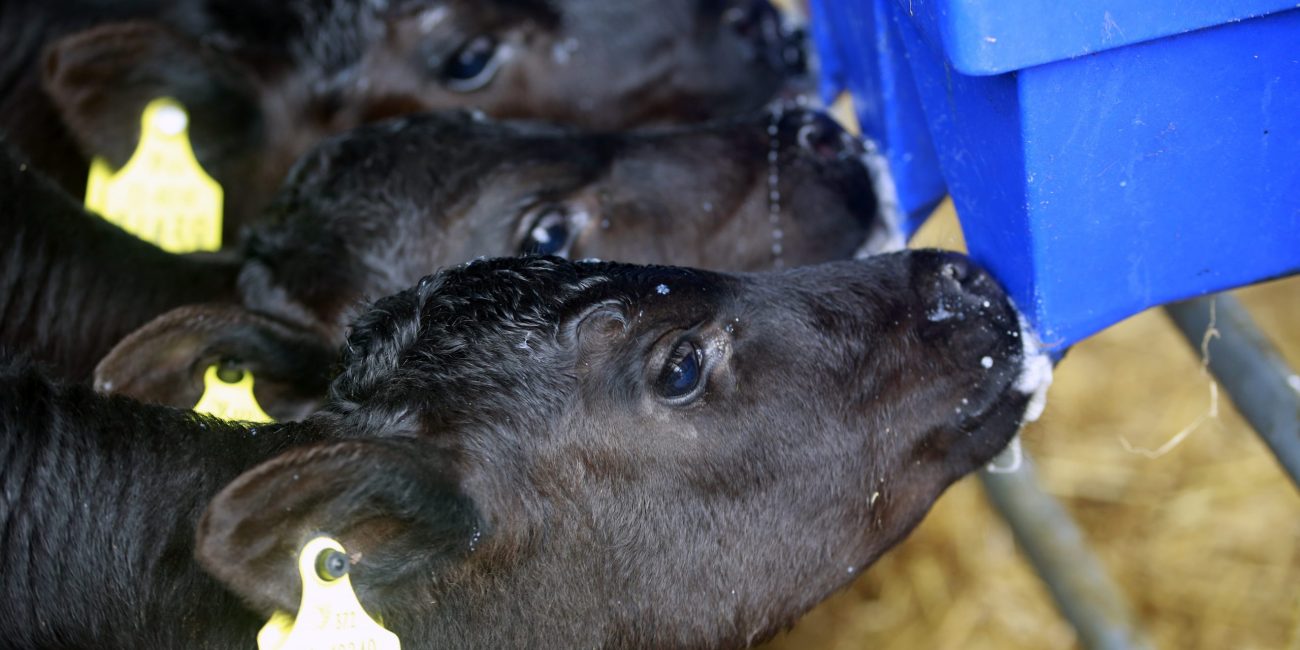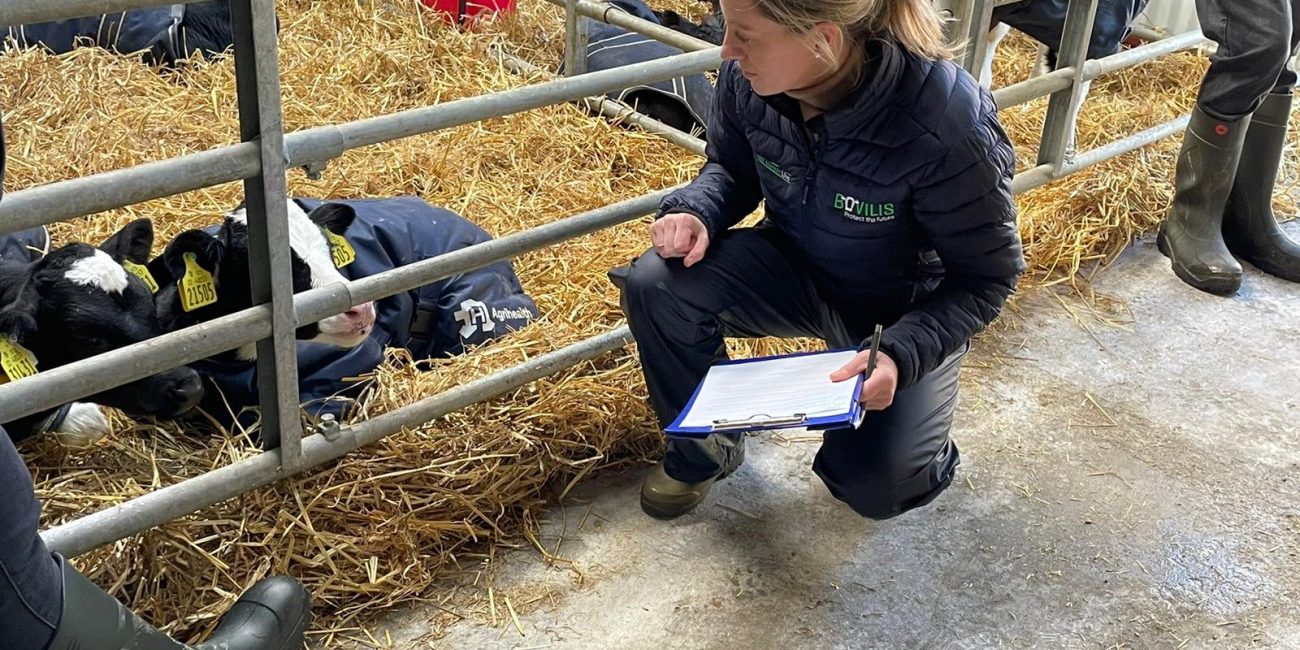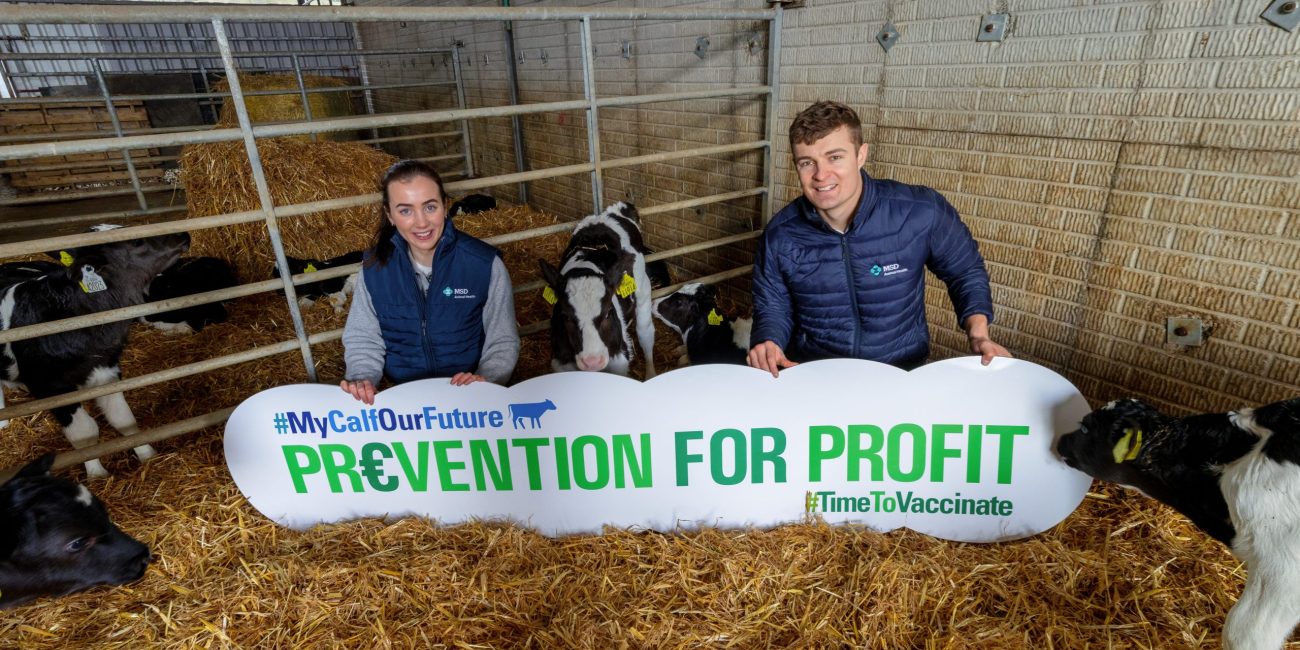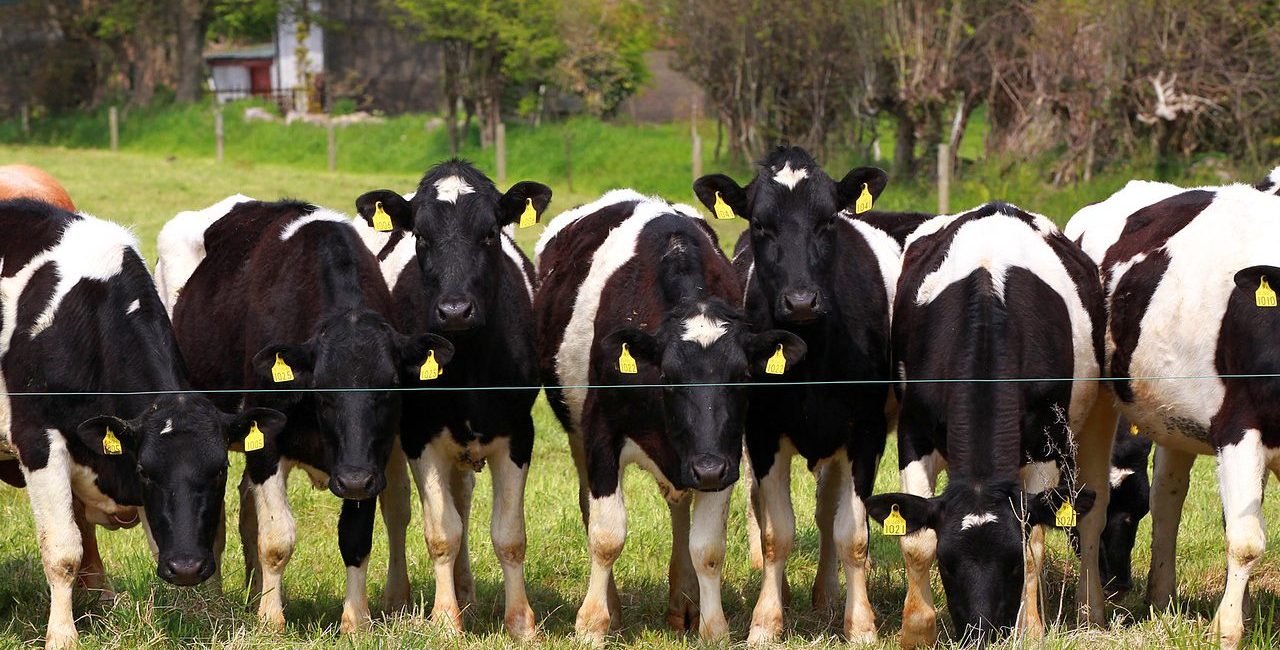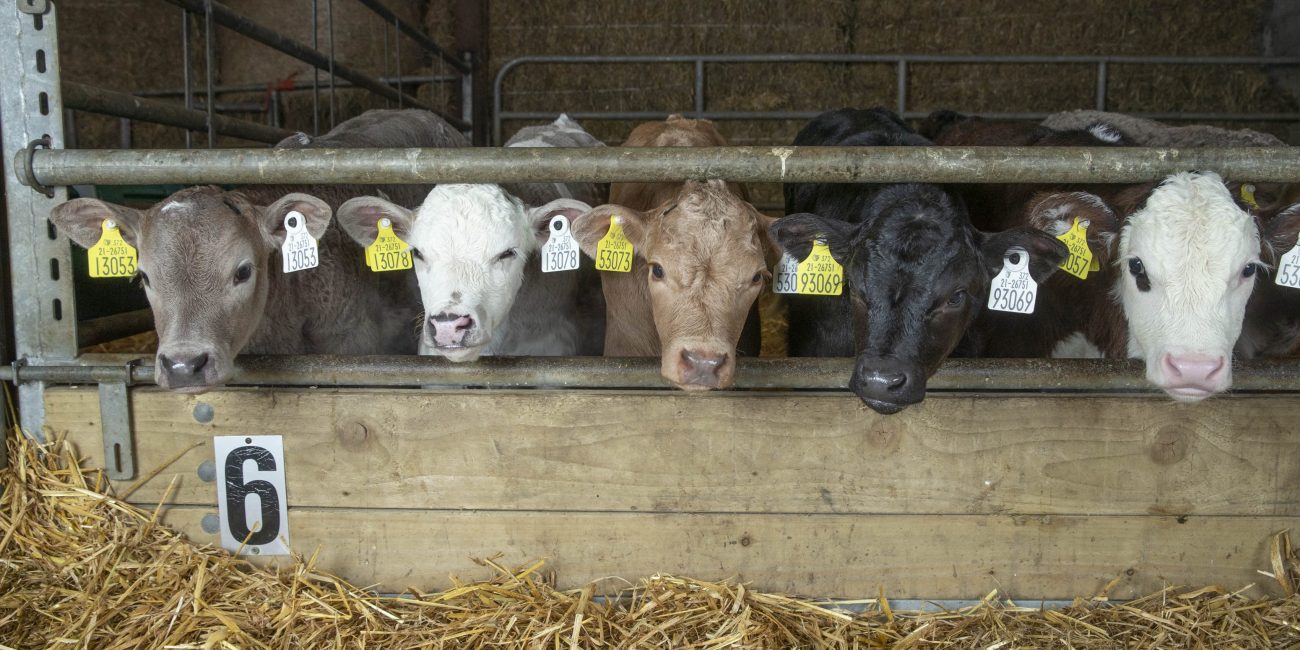
Reducing the risk of pneumonia in calves at turnout
Sarah Higgins MVB MRCVS CertAVP, Ruminant & Equine Veterinary Manager, MSD Animal Health Respiratory disease is commonly seen in both dairy and suckler calves. Pneumonia is the most significant cause of death in cattle greater than one month of age in Ireland. There are substantial long term implications of respiratory disease on productivity for both […]
Read more about Reducing the risk of pneumonia in calves at turnout
